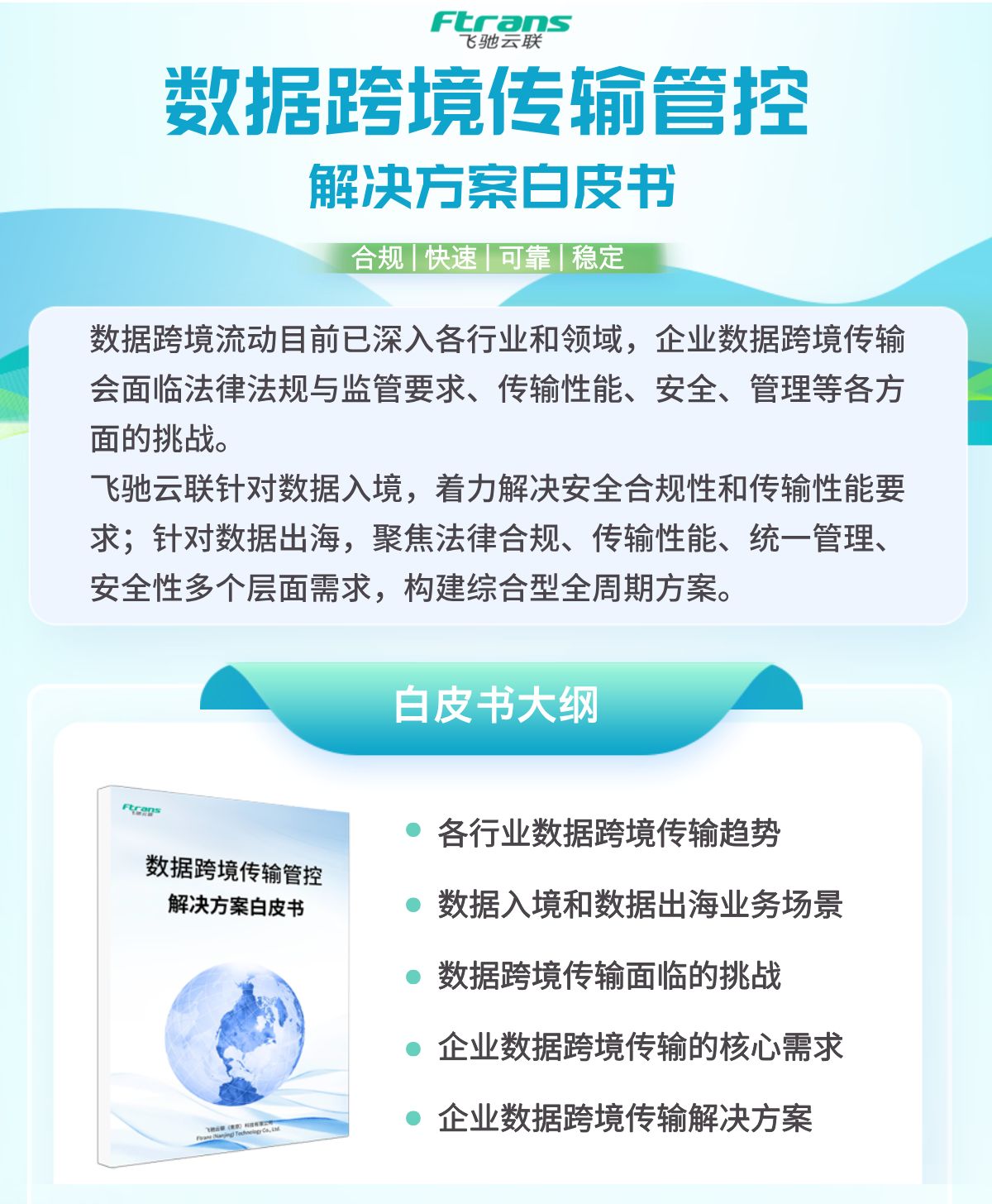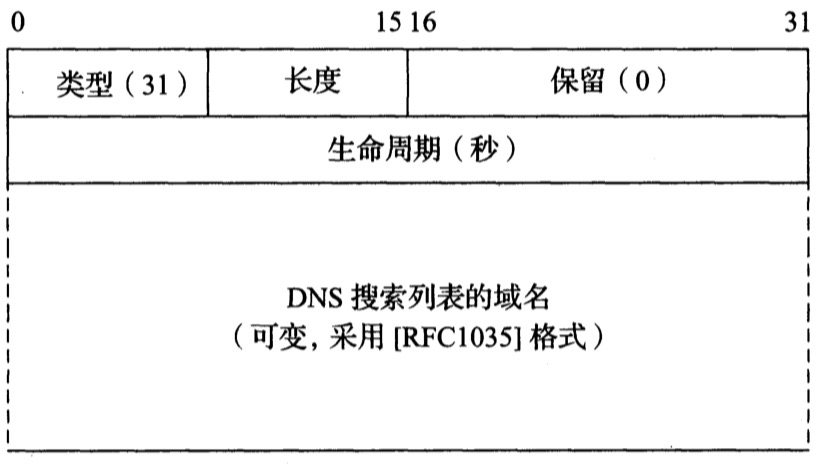一、研究背景
植物生长受多种环境因素的影响,包括土壤类型、日照时间、浇水频率、肥料类型、温度和湿度等。这些因素不仅影响植物的生长速度和健康状况,还对植物在不同生长阶段的表现有显著影响。随着气候变化和环境污染问题的加剧,研究如何优化植物生长条件以提高农作物产量和质量变得尤为重要。本研究旨在通过分析不同环境变量对植物生长里程碑的影响,找出最佳的种植条件,为农民和园艺师提供科学依据,帮助他们在不同环境下进行有效的种植管理。
二、研究意义
- 提高农作物产量和质量:通过了解不同环境因素对植物生长的影响,可以优化种植条件,从而提高农作物的产量和质量。
- 促进可持续农业发展:通过科学的种植管理,减少对化学肥料和过量水资源的依赖,推动农业的可持续发展。
- 应对气候变化挑战:为应对气候变化带来的农业挑战提供数据支持,帮助制定应对极端天气和环境变化的种植策略。
- 增强农民和园艺师的决策能力:提供具体的种植指导,帮助农民和园艺师在实际生产中做出更明智的决策,提高生产效率和经济效益。
三、实证分析
该数据集包含Growth_Milestone(目标)和一些影响它的因素 这个问题考虑为二元分类 第 1 部分: 包含对数据的一些分析,除了准备和清理数据之外的DataExplantory 第2部分: 我将使用一些传统的机器学习技术:
目标:根据提供的环境和管理因素对植物的生长里程碑进行预测和分类。 我们的目标:预测植物的生长阶段或里程碑。 特征: Soil_Type:植物生长的土壤类型或成分。 Sunlight_Hours:植物接受阳光照射的持续时间或强度。 Water_Frequency:植物浇水的频率,表示浇水时间表。 Fertilizer_Type:用于滋养植物的肥料类型。 Temperature::植物生长的环境温度条件。 Humidity:植物周围环境中的水分或湿度水平。 Growth_Milestone:指示植物生长过程中的阶段或重要事件的描述或标记。
数据和完整代码
导入包:
import numpy as np
import pandas as pd
import seaborn as sns
import matplotlib.pyplot as plt
%matplotlib inline
plt.rcParams['font.sans-serif'] = ['KaiTi'] #中文
plt.rcParams['axes.unicode_minus'] = False #负号
import IPython.display
from sklearn.preprocessing import LabelEncoder,StandardScaler
from sklearn.model_selection import train_test_split
from sklearn.base import BaseEstimator , TransformerMixin
from sklearn.feature_selection import VarianceThreshold ,f_classif ,SelectKBest
from sklearn.ensemble import RandomForestClassifier
from sklearn import metrics
from sklearn import tree
from sklearn.metrics import classification_report,confusion_matrix ,ConfusionMatrixDisplay
from sklearn import svm
from sklearn.linear_model import LogisticRegression
from sklearn.naive_bayes import GaussianNB读取数据和查看其基本信息:
data=pd.read_csv("data.csv")
data.head(5) 
获取其他信息

随后进行描述性统计分析
data.describe().T 接下来查看数据类型和查看缺失值类型:
接下来查看数据类型和查看缺失值类型:
data.dtypes
data.isna().mean()

接下来可视化查看 GrowthMilestone的占比
f={"family":"serif","size":25,"color":"r"}
plt.title("Animia Distribution",fontdict=f)
explicit=data["GrowthMilestone"].value_counts()
plt.pie(x=explicit,labels=["Not GrowthMilestone","GrowthMilestone"],colors=["g","r"],explode=[0.1,0],autopct='%1.1f%%')
plt.legend()
plt.show()
观察有多少个 SoilType

plt.title("SoilType Distribution",fontdict=f)
explicit=data["SoilType"].value_counts()
plt.pie(x=explicit,labels=["clay","sandy","loam"],colors=["g","b","r"],explode=[0.2,0.1,0.1],autopct='%1.1f%%')
plt.legend()
plt.show()
Water_Frequency = data["WaterFrequency"].value_counts()
plt.subplot(4, 4, 1) # Create the first subplot
plt.pie(
x=Water_Frequency,
labels=["daily", "bi-weekly","weekly"],
colors=["g","r","b"],
explode=[0.1, 0,0.1],
autopct='%1.1f%%',
radius=2,
)
plt.title("Water_Frequency_observation", fontdict=f1)
plt.legend()
# Plot 2
Fertilizer_Type = data["FertilizerType"].value_counts()
plt.subplot(4, 4, 2) # Create the second subplot
plt.pie(
x=Fertilizer_Type,
labels=["none", "chemical","organic"],
colors=["orange","g","y"],
explode=[0.1, 0,0.1],
autopct='%1.1f%%',
radius=2,
)
plt.title("Fertilizer_Type_observation", fontdict=f1)
plt.legend()
# Adjust the spacing between subplots
plt.subplots_adjust(wspace=2,hspace=1)
#plot3:
# 观察有多少个 SoilType :
plt.subplot(4,4,3)
explicit=data["SoilType"].value_counts()
plt.pie(x=explicit,labels=["clay","sandy","loam"],colors=["g","b","r"],explode=[0.2,0.1,0.1],autopct='%1.1f%%',radius=2)
plt.title("SoilType Distribution",fontdict=f1)
plt.legend()
plt.show()
plt.subplots_adjust(wspace=2,hspace=1)
# plot4:
# 观察有多少人拥有 GrowthMilestone:
plt.subplot(4,4,4)
plt.title("GrowthMilestone_Distribution",fontdict=f1)
explicit=data["GrowthMilestone"].value_counts()
plt.pie(x=explicit,labels=["Not GrowthMilestone","GrowthMilestone"],colors=["g","r"],explode=[0.1,0],autopct='%1.1f%%',radius=6)
plt.legend()
plt.show()
# pacing between subplots
plt.subplots_adjust(wspace=2,hspace=1)
观察每种土壤类型有多少hours_sunlght:

观察 Soil_Type vs. GrowthMilestone:要知道每种土壤中的植物数量:
plt.figure(figsize=(7,8))
plt.title("Distribution of GrowthMilestone vs. Soil_Type",fontdict=f)
top=data.groupby("SoilType")["GrowthMilestone"].sum().sort_values(ascending=False)
sns.barplot(x=top.index,y=top.values,color="r",palette='coolwarm')
plt.xticks(rotation=45,color="b")
plt.xlabel("Soil_Type",fontdict=f)
plt.ylabel("GrowthMilestone",fontdict=f)
plt.legend(title="Number of Grough in Every soil",prop={'size': 12})
plt.show() 
观察 Fertilizer_Type vs.温度分布 :

ontinous data的分布
for col in data.select_dtypes("number"):
sns.displot(data[col],color="r")
plt.title("presention of "+ col,fontdict=f)

创建连续特征的对图:
plt.figure(figsize=(25, 15), dpi=300)
sns.set(style="whitegrid")
sns.set_palette("coolwarm")
sns.pairplot(data.select_dtypes(include='float64'), plot_kws={'alpha': 0.6, 's': 80})

接下来查看相关系数和热力图
corr=data.select_dtypes("number").corr()
print(corr)
print("-"*50)
kendall=data.select_dtypes("number").corr(method="kendall")
print(kendall)
print("-"*50)
spearman=data.select_dtypes("number").corr(method="spearman")
print(spearman)
print("-"*50)
pearson=data.select_dtypes("number").corr(method="pearson")
print(pearson)
print("-"*50)
# plot the correlation Matrix :
plt.figure(figsize=(25,15),dpi=200)
plt.title("Heatmap-Correlation-Matrix",fontdict=f)
sns.heatmap(data.select_dtypes("number").corr(),annot=True,fmt="0.3f",cmap='Blues')
plt.xlabel("Features",fontdict=f)
plt.ylabel("Features",fontdict=f)
plt.xticks(rotation=45,color="b")
plt.yticks(rotation=-45,color="b")
plt.show() 
接下来划分特征和响应变量 进行模型建立和预测
# 划分X和Y
x=data.drop(columns="GrowthMilestone",axis=1)
y=data["GrowthMilestone"]
print(np.shape(x),np.shape(y))
print(len(x),len(y))x_train,x_test,y_train,y_test=train_test_split(x,y,test_size=0.2,stratify=y,random_state=42)
print(np.shape(x_train),np.shape(x_test))
print(np.shape(y_train),np.shape(x_test))# 随机森林模型
RC1=RandomForestClassifier(random_state=42,n_jobs=-1,max_depth=5,n_estimators=100)
RC1.fit(x_train,y_train)
y_predict=RC1.predict(x_test)
y_predict[:10]#提升准确率
np.random.seed()
for i in range(10,110,10):
print(f"at n_estimators= {i} n_estimators")
RC2=RandomForestClassifier(n_estimators=i).fit(x_train,y_train)
print(f"accuracy={RC2.score(x_test,y_test)*100:0.2f}%")

决策树

决策树可视化
plt.figure(figsize=(15,15),dpi=100)
tree.plot_tree(DT)
plt.title("--<<< Decision_Tree >>>--",fontdict=f)
plt.show() 支持向量机
支持向量机

使用 Tensorflow 构建神经网络模型
from tensorflow.keras import Sequential
from tensorflow.keras.layers import Dense,Input,Dropout
from tensorflow.keras.losses import BinaryCrossentropy
from tensorflow.keras.regularizers import l2
model_r.compile(
loss=BinaryCrossentropy(from_logits=True),
optimizer=tf.keras.optimizers.Adam(learning_rate=0.001),
metrics=["accuracy"]
)绘制训练历史(准确率和损失)
plt.figure(figsize=(12, 6))
# Plot training & validation accuracy values
plt.subplot(1, 2, 1)
plt.plot(history.history['accuracy'])
plt.plot(history.history['val_accuracy'])
plt.title('Model Accuracy')
plt.xlabel('Epoch')
plt.ylabel('Accuracy')
plt.legend(['Train', 'Test'], loc='upper left')
# Plot training & validation loss values
plt.subplot(1, 2, 2)
plt.plot(history.history['loss'])
plt.plot(history.history['val_loss'])
plt.title('Model Loss')
plt.xlabel('Epoch')
plt.ylabel('Loss')
plt.legend(['Train', 'Test'], loc='upper left')
plt.tight_layout()
plt.show() 
关于机器学习模型的一些结果:
- 1- RandomForestClassifier : accuracy -->> %58.97%并且改进模型后,我们发现 n_estimators= 20,准确率-->>64.1%,提高了5.13%
- 2-DecissionTreeClassifier : 准确率 -->> 51.28% %
- 3-支持向量机:准确率-->>48.72% 我们不能说最好的模型是 RandomForestClassifier 因为每个模型都有优点和缺点,但是这个个模型为我们提供了高精度。 这是我们从传统机器学习模型中得到的结果。 关于使用 Tensorflow 构建的神经网络模型,我们发现:准确率--->> 67.66%,改进后相同。
四、结论
通过对数据的分析,我们发现了以下几点关键结论:
- 土壤类型和植物生长:不同土壤类型对植物生长的影响显著,某些土壤类型在特定条件下能够显著促进植物的生长。
- 日照时间和水分管理:适当的日照和科学的水分管理能够显著提高植物的生长里程碑达到率,避免了过多或过少的水分对植物造成的负面影响。
- 肥料类型和植物健康:有机肥料相比化学肥料,对植物生长的促进作用更加显著,且对环境更加友好。
- 环境温湿度的影响:温度和湿度对植物生长具有综合性影响,在适宜的温湿度条件下,植物的生长里程碑达到率最高。
这些研究结论为农作物种植和管理提供了科学依据,有助于在不同环境条件下进行精准农业操作,提升农业生产效率和可持续发展水平。
创作不易,希望大家多点赞关注评论!!!(类似代码或报告定制可以私信)





![[C++]——同步异步日志系统(6)](https://i-blog.csdnimg.cn/direct/2e7a2281e1714ff8a0e2c179dc9cc4b2.png)













